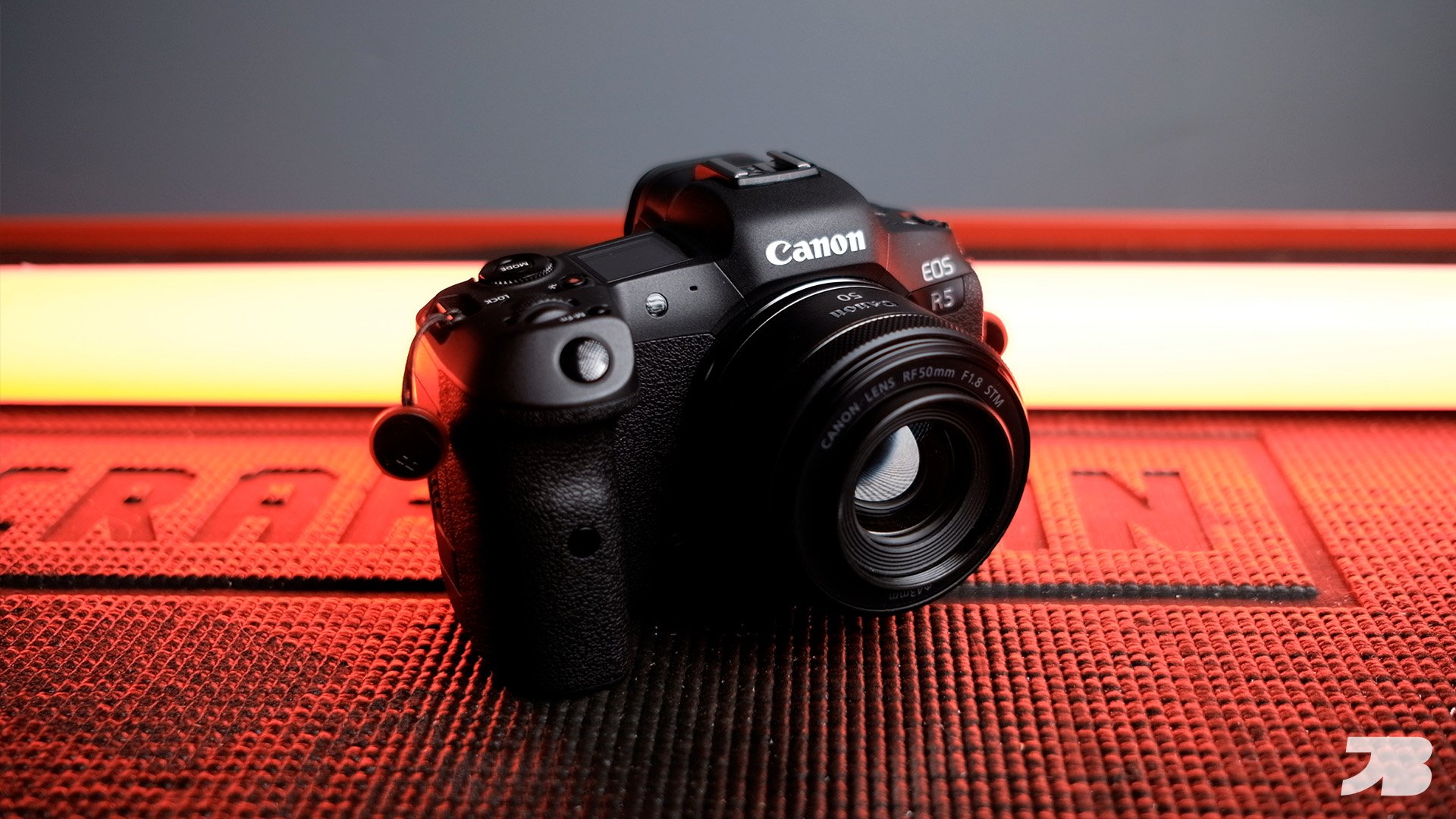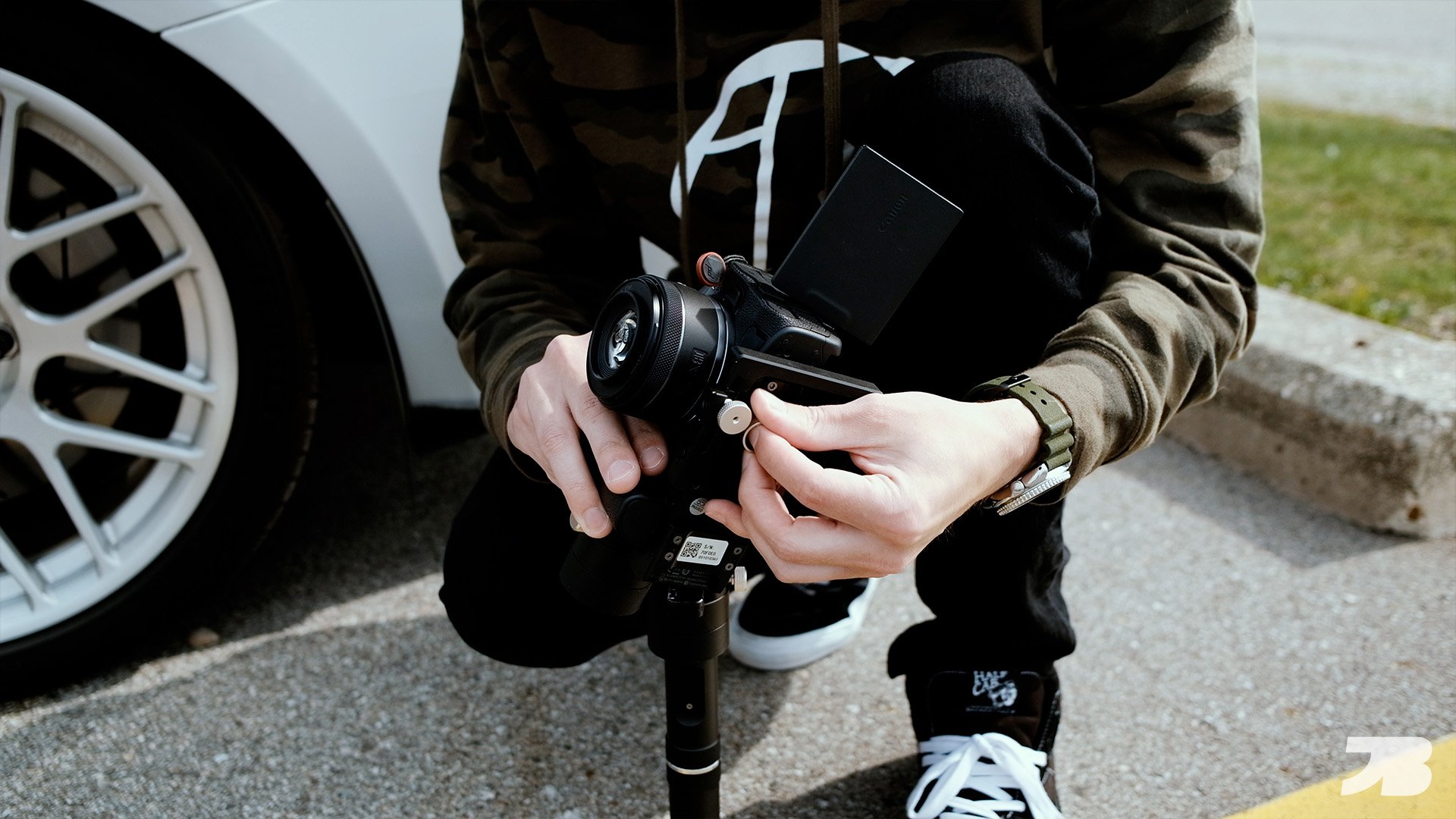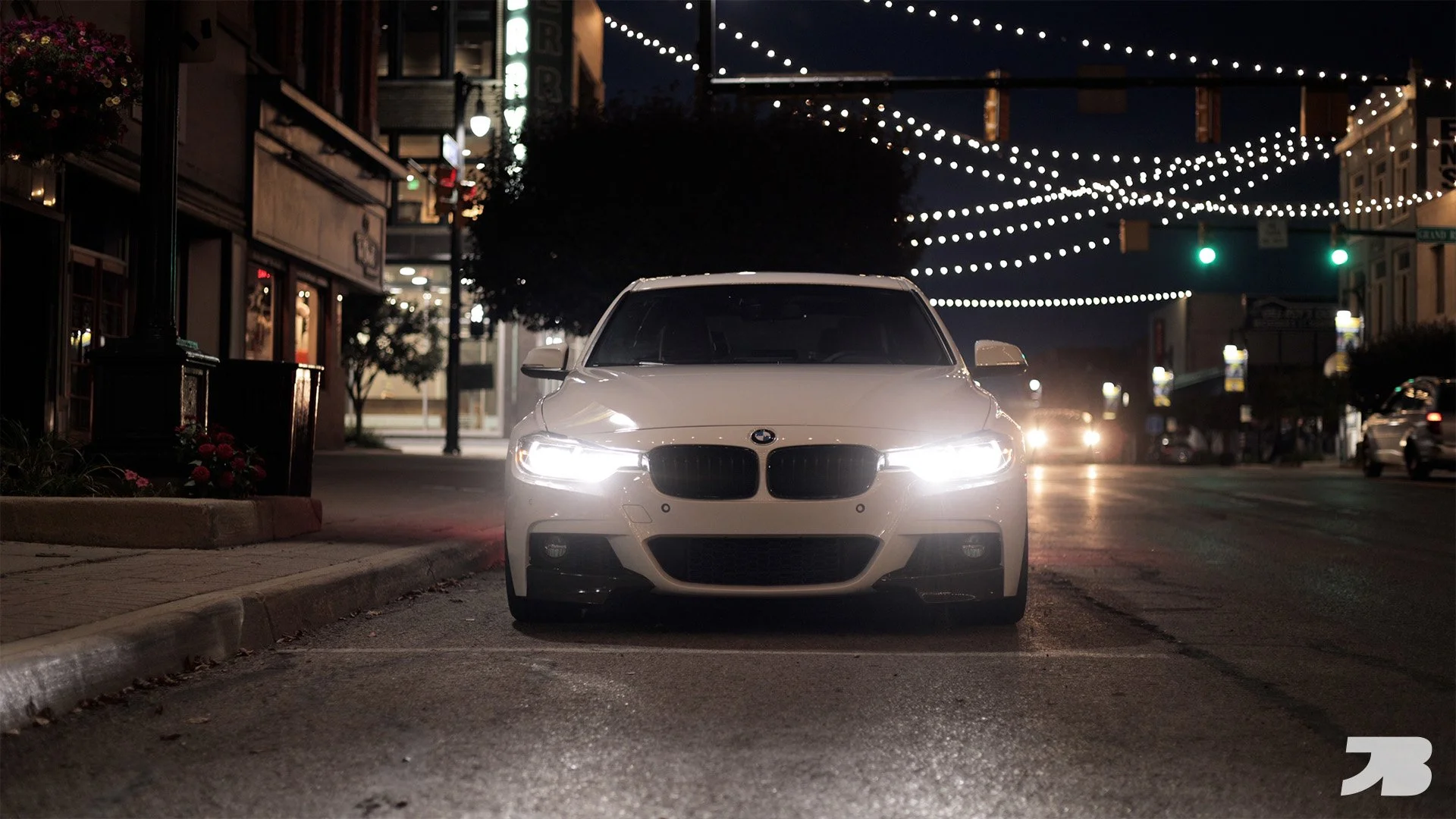This blog contains affiliate links. If you make a purchase through one of my custom links, I will earn a small commission at no extra cost to you! Win!
If you’re into automotive photo and video and are looking to upgrade from your kit lens, or maybe you’re brand new to photography and aren’t sure what to buy, a 50mm lens should be high on your list. The model that I use is for Canon RF cameras, but every camera manufacturer has their own version of this lens.
You may hear it affectionately referred to as a “Nifty Fifty” or “Plastic Fantastic.” The point is, they are small, lightweight and affordable. The Canon RF 50mm f/1.8 is around $170 brand new. Here are some links to affordable 50mm lenses, be sure to choose one that fits your camera body.
Why 50mm for car photography?
50mm is considered a “normal focal length,” meaning that it gives us a similar perspective to what we see with our eyes. That’s why photos and videos taken with a 50mm have a familiar look to them. Different focal lengths will change how a car appears in photos. If the lens is too wide, it can throw off the proportions of the car, making the hood appear too long, or making the wheels appear egg shaped. With focal lengths longer than 50mm, the car can appear smooshed from certain angles.
A photo taken with a 50mm lens will give the car the same perspective as though we were standing next to it and looking at it in person. Keep in mind that if you’re using a crop sensor camera, it will be more like 85mm which is still a popular focal length for shooting cars, you’ll just have to stand further back to get the same framing.
The large f/1.8 aperture can create pleasing background blur.
advantages over a kit lens
For those coming from a kit lens, the 50mm has one huge advantage, a large f/1.8 aperture. At f/1.8, the lens lets more light into the camera meaning you can shoot in low light without introducing as much noise or “grain” into the photo. It also gives you shallower depth of field where the car is in sharp focus with a creamy blurred background. If you’ve ever seen a professional car photo with a blurry background and wondered how it’s done, they’re using a large aperture lens like this.
The effect works for video as well. I use it often in my YouTube videos to isolate something in the scene that I want the viewer to focus on. If you check out my Car Wash DIY from a few months back, that entire video was shot on this lens.
RF 50mm f/1.8 mounted on my Canon R5
Another benefit that a lot of reviewers skip over is it’s form factor. These lenses are tiny and hardly add any weight to the camera. That’s why it’s my go-to for car shows or meets where don’t want to lug around a heavy setup where the camera takes away from my enjoyment of the show. 50mm in general is an excellent all-purpose focal length. Beyond cars, it’s great for portraits, travel, and family get togethers.. any time I want to take professional looking photos but don’t want to bring a bunch of equipment with me, this is my go-to. This could almost, almost be my only lens.
Being that this is an entry level lens, the optics aren’t perfect, and a common issue with nifty fifty’s is color fringing where you’ll see green or magenta halos around high contrast areas. I notice it the most around the headlights where you’ll see that pink outline around the running lights. Adobe Lightroom has a de-fringe tool where you can easily remove this from your photos with a couple clicks. And for those of us just shooting for Instagram and social media, the optical performance is satisfactory. It’s not until you start zooming in on a high-res monitor that you’ll notice these shortcomings.
using a 50mm lens for video
The 50mm is great for video as well. Every reel that I’ve ever made for Instagram has been shot with this lens. People will ask what lens I’m using and they’re shocked to find out that the videos are shot using something so inexpensive. Being that it’s so lightweight, it makes it easy to balance on a gimbal and allows me to shoot for long periods of time without feeling fatigued. Keep in mind that these 50mm lenses don’t have stabilization. If you’re shooting on a tripod, it’s a non-issue. But for any kind of camera movement, a gimbal is almost a necessity.
Like I mentioned earlier, you can use shallow depth of field to your advantage in video to isolate what you want the viewer to focus on. The shallow depth of field combined with good lighting can create aesthetically pleasing.. dare I say “cinematic” looking shots. The video autofocus on the RF 50mm paired with my Canon R5 is phenomenal. I use the car tracking feature when the whole car is in the frame and I’ll typically use center point AF or tap-to-track if I’m shooting a close up section of the car. The STM autofocus motor on this RF model is silent and isn’t picked up by the microphone.
Low light performance
Another benefit of a 50mm over the kit lens is low light performance. Since the large f/1.8 aperture lets more light into the camera, you can shoot with a lower ISO which keeps the noise down. Using the RF 50mm paired with my Canon R5, the video autofocus works remarkably well in low light situations.
Accessories for the Canon rf 50mm f/1.8
For automotive photography, I highly recommend getting a polarizer filter to go with your 50mm. A polarizer changes how light reflects off of glass and metallic surfaces like paint. The Canon RF 50mm has a 43mm filter thread. If you’re unsure what size filter you need, it’s printed on the front of the lens.
For video, my secret weapon for getting car footage is this K&F filter that has a polarizer and ND built into one. The polarizer helps you control reflections while the ND filter controls how much light can enter the lens. That allows you to use the wide f/1.8 aperture outdoors in bright light while maintaining a 1/50 shutter speed. Since these filters can get expensive, I bought one larger size filter that fits my 24-105mm lens, then I use a step-up ring so I can adapt the same filter on my 50mm with a smaller filter thread.
The last accessory I’d recommend is a lens hood. Usually these are included with more expensive lenses, but sadly Canon doesn’t include it with the nifty 50, so you’ll have to buy it separately. I have’t bought one yet, but there have been plenty of situations where I needed one and ended up using my hand to block out glare.
Whether you’re looking to upgrade from your kit lens, or just looking for a solid lens for automotive photo and video, a 50mm f/1.8 is an excellent choice.
Canon RF 50mm f/1.8 Technical Specifications
Focal length: 50mm
Maximum aperture: f/1.8
Minumum aperture: f/22
Minimum focus distance: 11.8” (30 cm)
Diaphragm blades: 7, rounded
Focus type: Autofocus
Image stabilization: no
Dimensions: 2.7 x 1.6" (69 x 40 mm)
Weight: 5.6 oz (160 g)
For more sample photos and videos show with the Canon RF 50mm f/1.8, check me out on Instagram @justinbuice.








